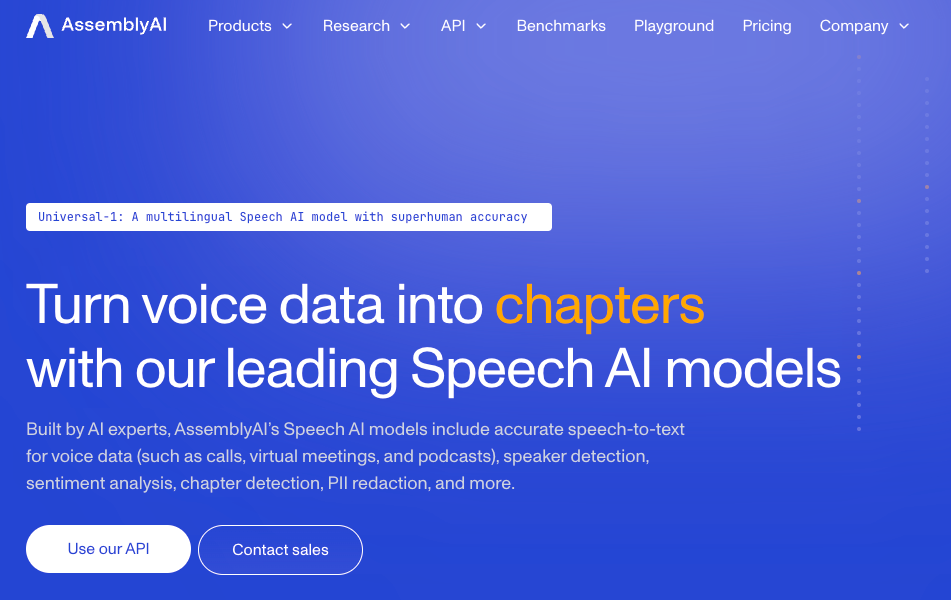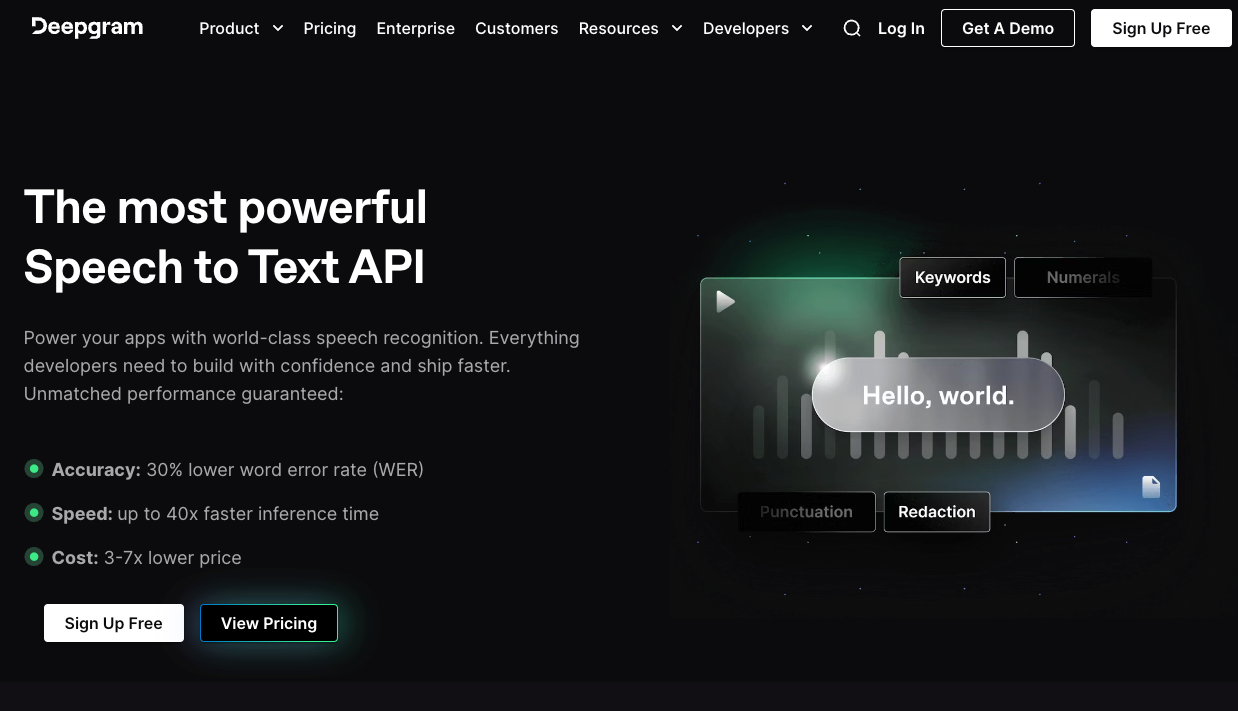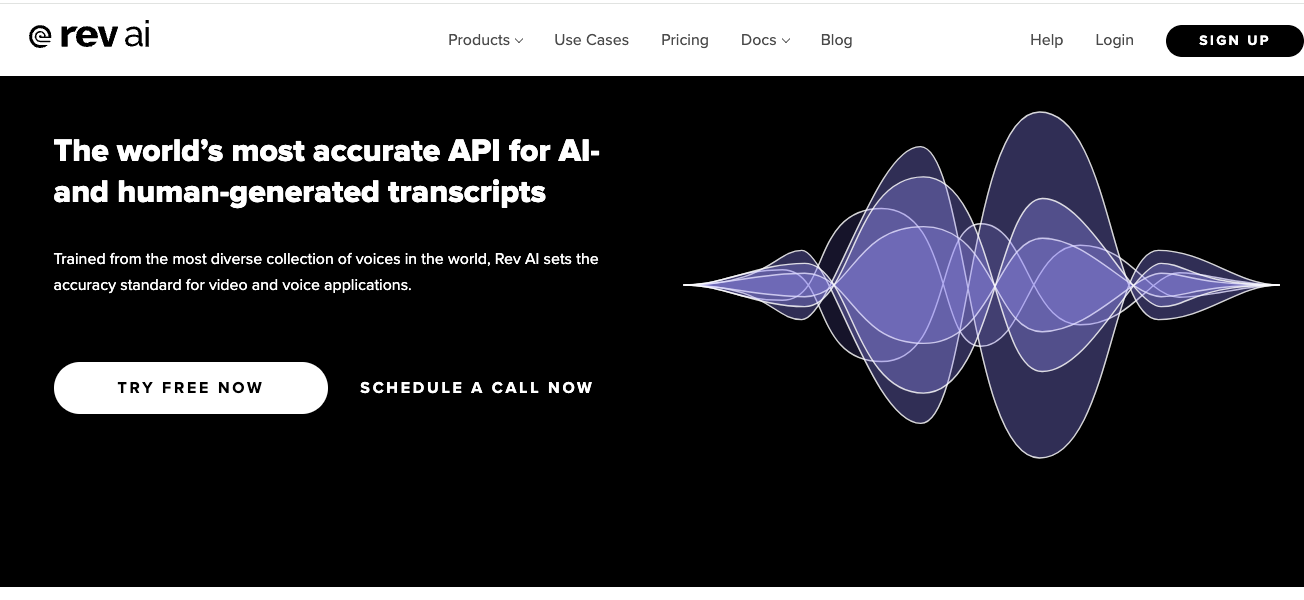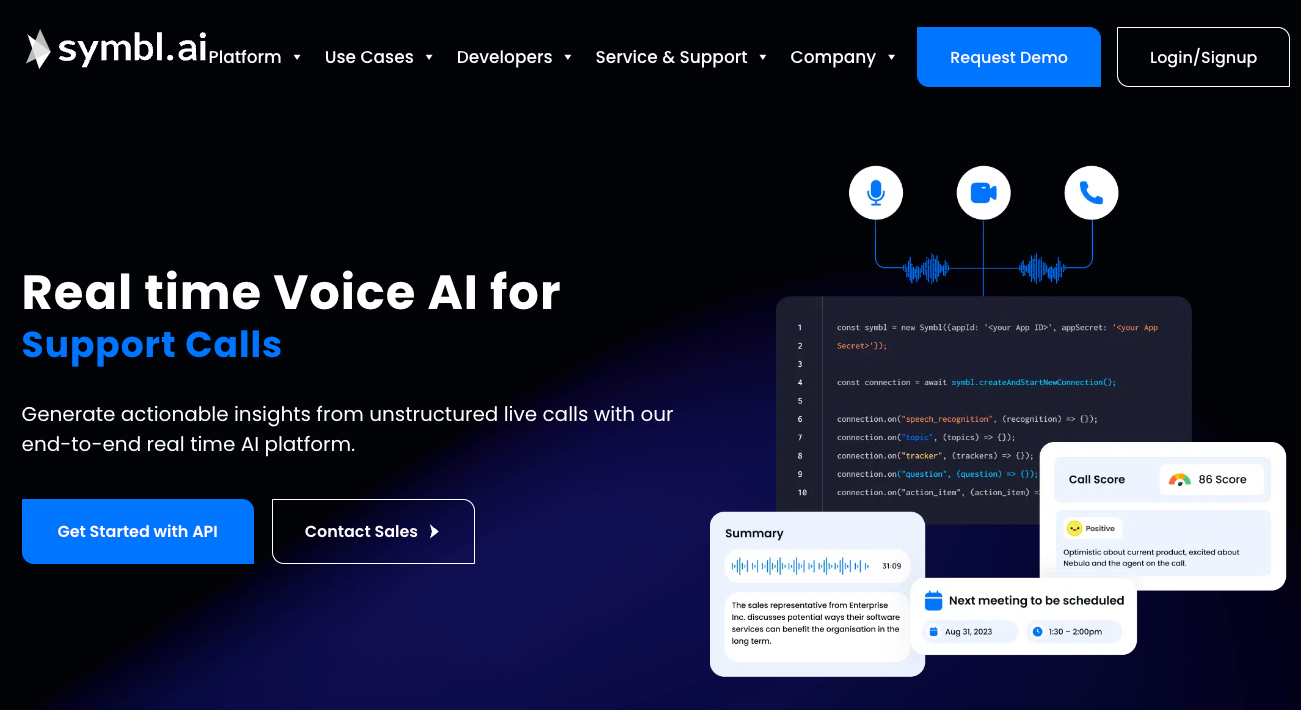APIs are revolutionizing the way we interact with technology.
By converting spoken language into written text, these APIs open new possibilities for accessibility, productivity, and user interaction across numerous platforms and devices. As we delve into the intricacies of speech-to-text technology, it’s essential to understand both the foundational components and the advanced mechanisms that drive these systems.
The purpose of this article is to delve into the best speech-to-text API solutions available in 2024, focusing on their technical aspects, industry applications, and advantages.
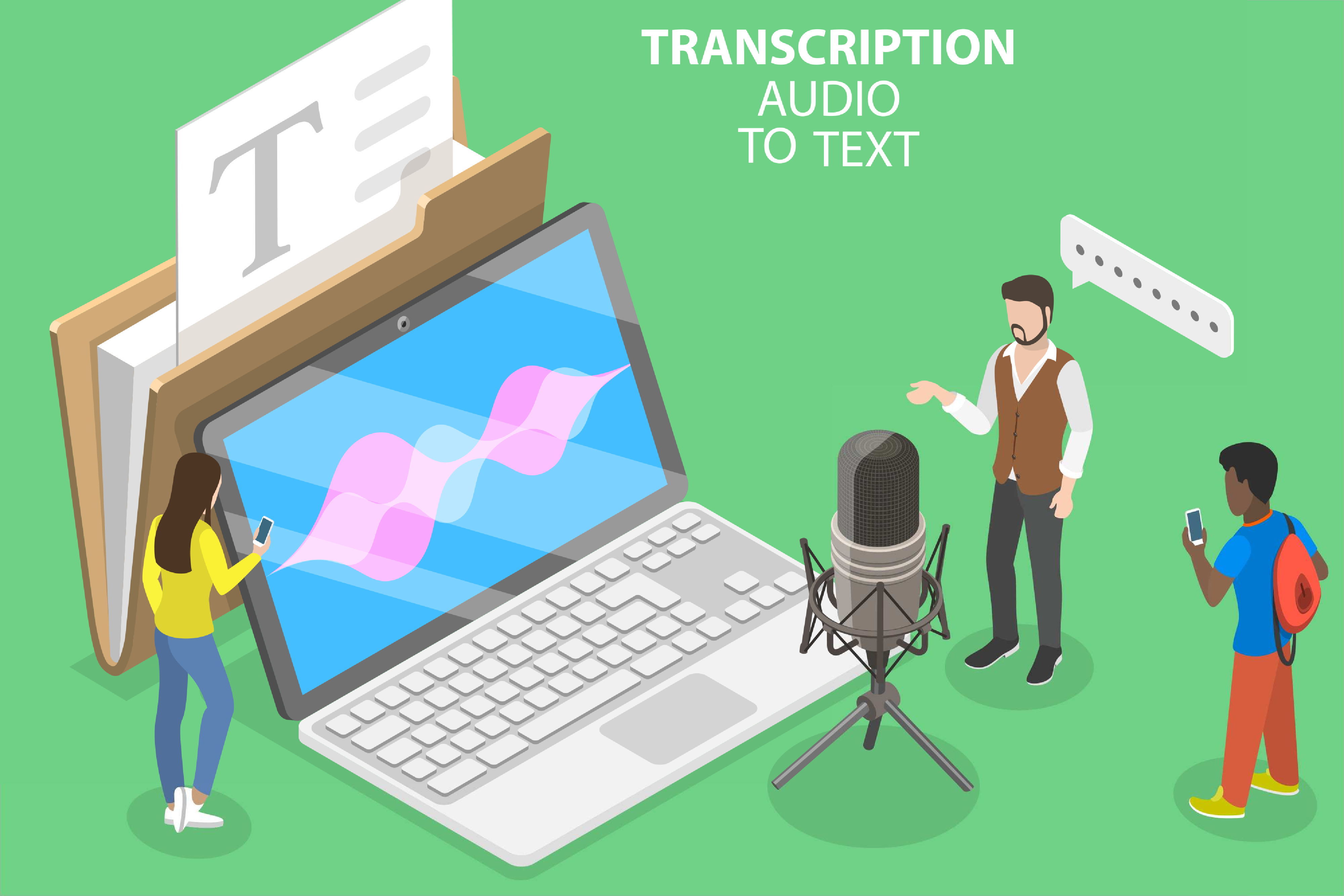
What is Behind Speech-to-Text API Technology?
Speech-to-text APIs have become an integral part of modern technology, enabling a wide range of applications from automated transcriptions to voice-controlled interfaces. Understanding the underlying technology helps in appreciating the complexity and the advancements that make these APIs so powerful. Here’s a deep dive into the technical aspects of speech-to-text API technology:
Core Components of Speech-to-Text Technology
1. Automatic Speech Recognition (ASR):
-
- Acoustic Modeling: Represents the relationship between phonetic units of speech and the corresponding audio signals. This involves:
- Phoneme Recognition: Identifying the smallest units of sound in speech.
- Feature Extraction: Converting raw audio signals into a format that the ASR system can process, typically involving the extraction of features like Mel-frequency cepstral coefficients (MFCCs).
- Language Modeling: Utilizes statistical models to predict word sequences, thereby enhancing the accuracy of transcription. Techniques include:
- N-gram Models: Probabilistic models that predict the next word in a sequence based on the previous ‘n’ words.
- Acoustic Modeling: Represents the relationship between phonetic units of speech and the corresponding audio signals. This involves:
- Neural Language Models: Use deep learning to predict word sequences with greater context and accuracy.
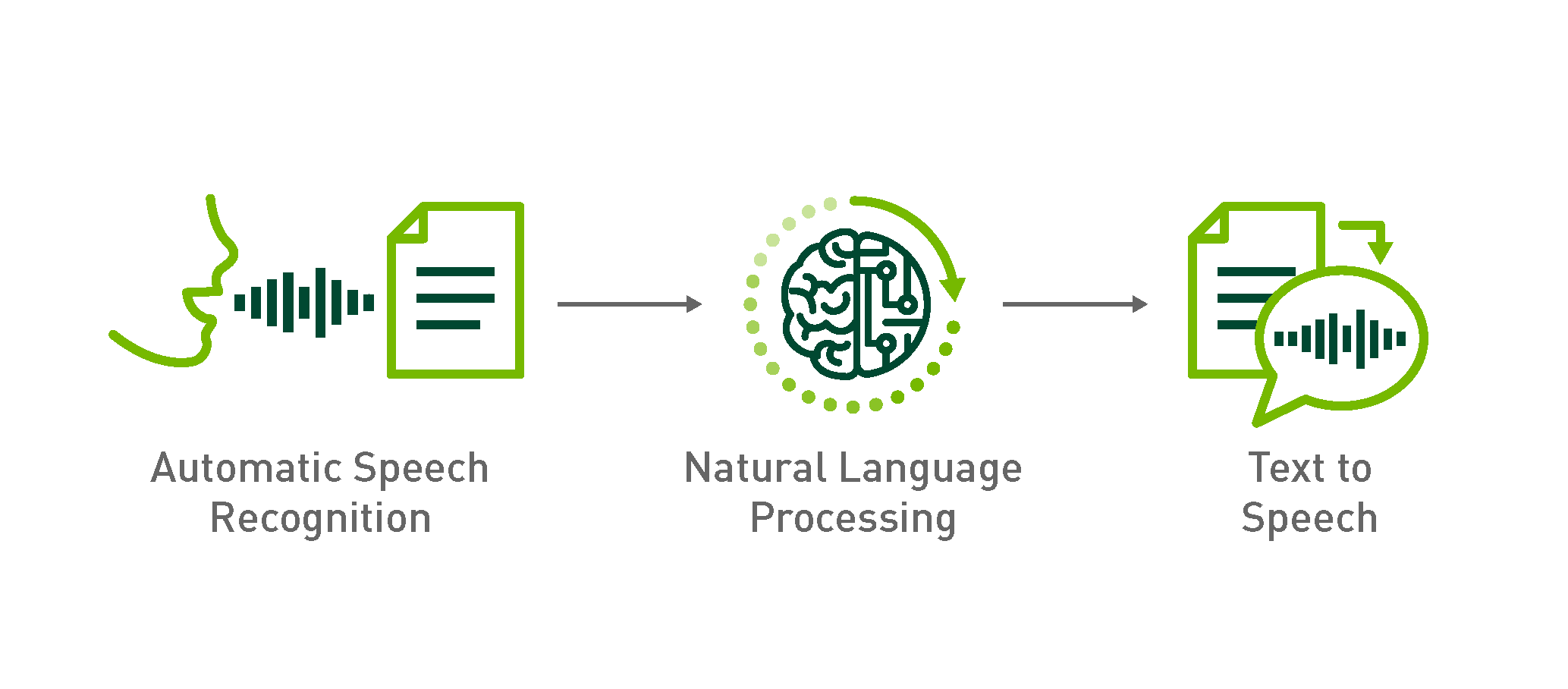
2. Deep Learning and Neural Networks:
-
- Recurrent Neural Networks (RNNs): Specialized for sequence data, RNNs are adept at processing sequences of audio signals. Variants like Long Short-Term Memory (LSTM) networks are particularly effective in handling long-range dependencies in speech.
- Convolutional Neural Networks (CNNs): Primarily used for image processing, CNNs have found applications in speech recognition by helping to identify features in audio spectrograms.
- Transformer Models: The latest advancement in deep learning, transformer models use attention mechanisms to focus on important parts of the input sequence, significantly improving the accuracy and efficiency of speech-to-text systems.
3. Real-Time Processing:
-
- Streaming APIs: Enable continuous transcription of audio in real-time, which is essential for applications like live captioning and interactive voice response systems.
- On-Device Processing: Reduces latency and dependency on cloud services by performing speech recognition directly on the user’s device. This approach is particularly beneficial for applications requiring immediate response and enhanced privacy.
4. Post-Processing and Error Correction:
-
- Text Normalization: Converts transcribed text into a more readable format by addressing issues like punctuation, capitalization, and spacing.
- Contextual Understanding: Advanced speech-to-text systems incorporate contextual understanding to correct errors based on the surrounding text, improving the overall accuracy of the transcription.

Speech-to-Text APIs Industry Applications
Speech-to-text technology is utilized across various industries, each benefiting from its unique capabilities. Here is a table summarizing the applications in different industries:
| Industry | Speech-to-Text API Application |
|---|---|
| Healthcare | Medical Transcription: Automates the transcription of patient records. Voice-Controlled Devices: Enables hands-free operation of medical devices. |
| Customer Service | Call Center Transcription: Provides real-time transcription of customer interactions. Chatbots and Virtual Assistants: Enhances AI-powered customer service tools. |
| Media and Entertainment | Captioning and Subtitling: Automates the generation of captions for video content. Content Creation: Assists in the transcription of interviews and podcasts. |
| Education | Lecture Transcription: Provides students with accurate transcriptions of lectures. Language Learning: Enhances language learning apps with accurate feedback. |
Advancements in Speech-to-Text Technology
Recent advancements have significantly improved the capabilities of speech-to-text APIs:
- Multilingual Support: Modern APIs support a wide range of languages and dialects, making them accessible to a global audience.
- Enhanced Accuracy: Continuous improvements in deep learning models and large-scale datasets have led to higher transcription accuracy.
- Privacy and Security: On-device processing and encrypted data transmission ensure that user data remains secure, addressing privacy concerns.
Challenges and Future Directions
While speech-to-text technology has come a long way, it still faces several challenges:
- Accurate Transcription in Noisy Environments: Background noise can significantly impact the accuracy of transcriptions. Advanced noise-cancellation algorithms and robust acoustic models are being developed to address this issue.
- Dialect and Accent Variability: Ensuring accurate transcription across different dialects and accents remains a challenge. Ongoing research focuses on creating more inclusive models that can handle diverse speech patterns.
- Real-Time Translation: Integrating speech-to-text with real-time translation presents both a challenge and an opportunity. Achieving seamless translation while maintaining accuracy is a key area of development.


